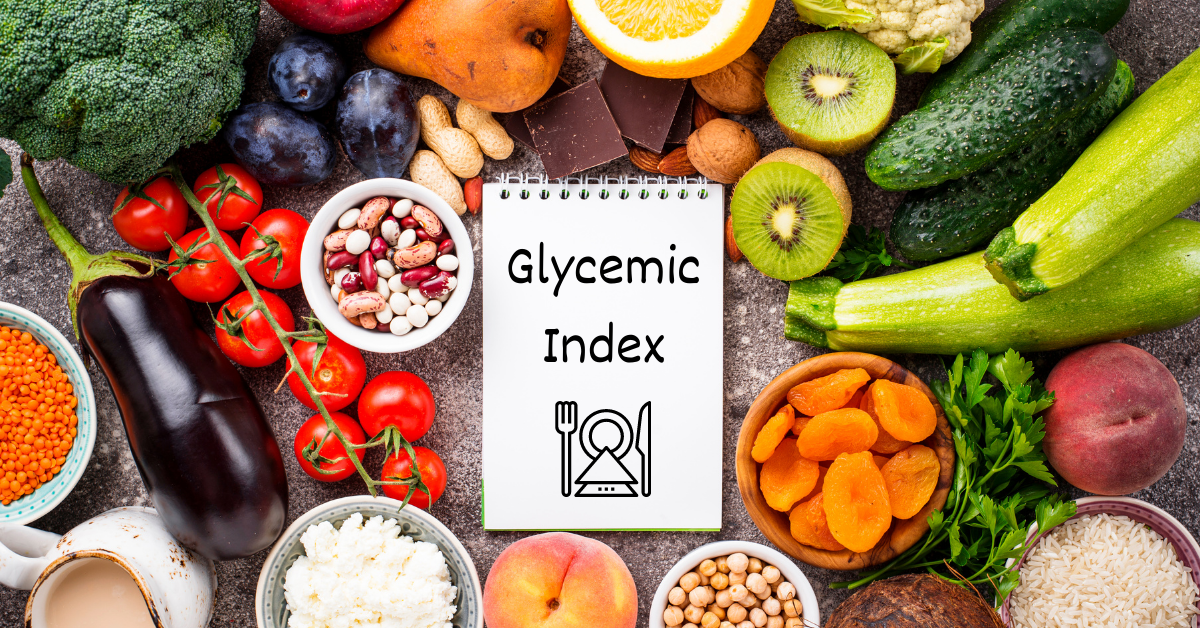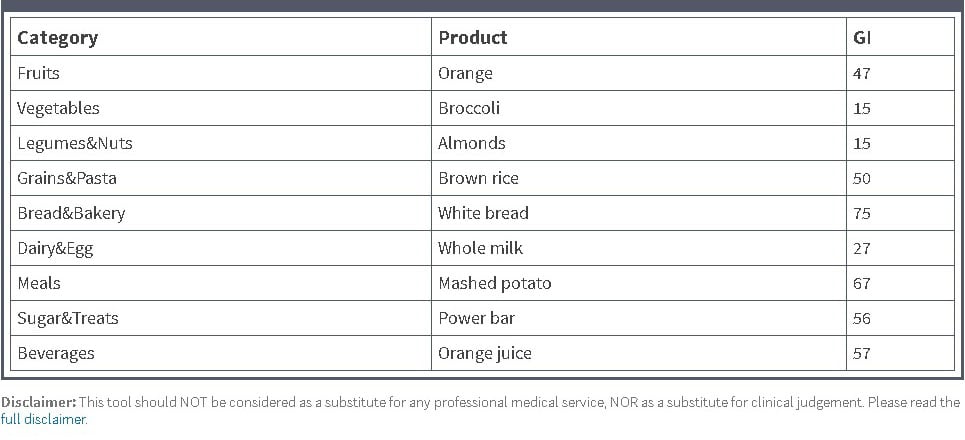
Glycemic Index—What does it all mean? What’s in a Number? A diabetes educator answers all your questions here.
As someone who has to think about the effect every bite of food will have on your health, how do you do with calorie and carbohydrate counting? Do you ever wonder if there is another, perhaps easier way to balance the foods on your plate so that you could enjoy them without causing a tremendous spike in your blood sugar? Maybe there is.
Consider calculating the glycemic index of your meal/snack before you prepare to eat. What is a glycemic index? Do you calculate it the same way that you calculate carbohydrates? Well, let’s talk about it.
What is glycemic index?
Glycemic index is a system that ranks foods on a scale from 1 to 100 based on the speed of their effect on blood-sugar levels. The glycemic index gives you an idea of how quickly your body converts the carbohydrates in that food into glucose. The smaller the number the slower the impact on your blood sugar. Foods that are 55 or less are considered a low glycemic index, 56-69 is medium, and 70 or higher is a high glycemic index. Higher index foods raise blood sugars rapidly.
How do you determine the glycemic index of a food?
You can use a glycemic index calculator such as the one seen here Glycemic calculator to determine the glycemic index of a food. The calculator allows you to enter some common foods and calculates the glycemic index for you (see sample below).


*The calculations are based on “average” portions.
As you can see, not all carbohydrates are created equal. You can have several foods that contain the same amount of carbohydrates, but they can have significantly different glycemic indexes. Foods that are not processed/refined and closer to how they are found in nature have a tendency to have lower glycemic indices*. That being said, the glycemic index for a food can change based on how it is prepared (sautéed vs steamed).
The ripeness of a food can also impact the glycemic index. For example, the glycemic index of bananas increases as they ripen.
Also the foods that you combine can also impact the glycemic index of a meal. For example if you have 4oz of orange juice and a piece of white toast your blood sugar will likely increase more rapidly than if you had non-fat yogurt with berries.
What does glycemic index mean for day-to-day intake?
Here’s the take home message.
When planning your meals try to remember ALL of the things that you have learned about starches, proteins, sugars, etc. over the years. Think about your health goals (blood sugar, weight, etc.). Attempt to eat smaller or measured portion sizes. And pick foods that are more commonly found in nature (fruits, vegetables, legumes, whole grains, etc.). Reduce fast foods, processed foods and refined sugars in your diet. Although someone once told me “if it tastes good –spit it out!”, this is not necessarily the case when it comes to glycemic index. The goal is to make healthier choices!
So, if you want some apple pie, maybe go for a smaller piece and pair it with some cheese. If sweet potatoes are your thing, be sure to have some protein and a green vegetable along with them. If there is a whole wheat bread option pick it over the white bread and certainly go for the calorie free beverage if at all possible.
Bon appétit and Stay well!
Sources:
Glycemic Index Calculator (2017). Accessed from https://www.mdapp.co/glycemic-index-calculator-72/
WebMD (2019). How to use the glycemic index. Accessed from https://www.webmd.com/diabetes/guide/glycemic-index-good-versus-bad-carbs

